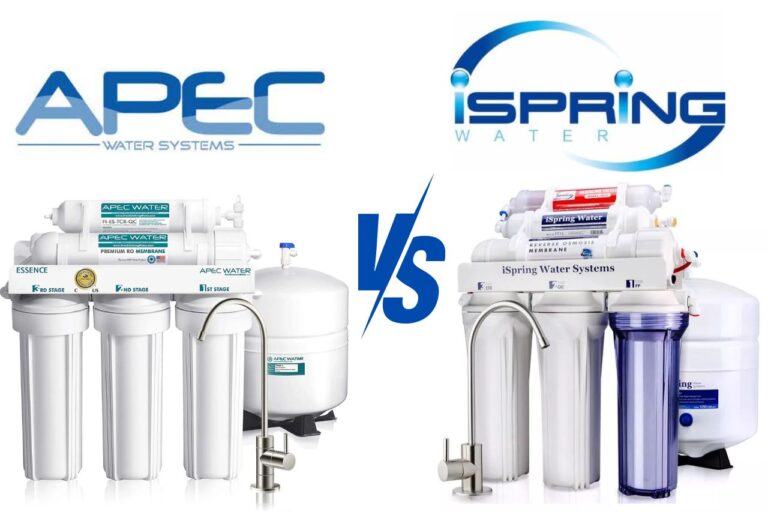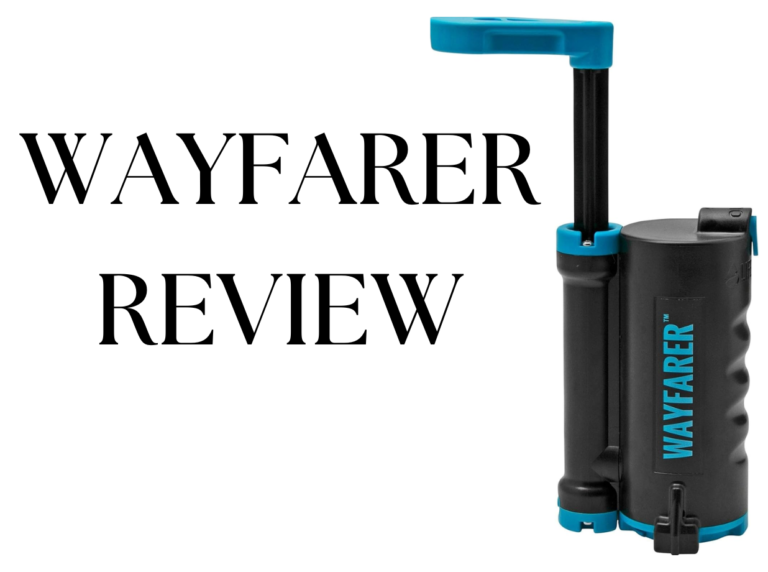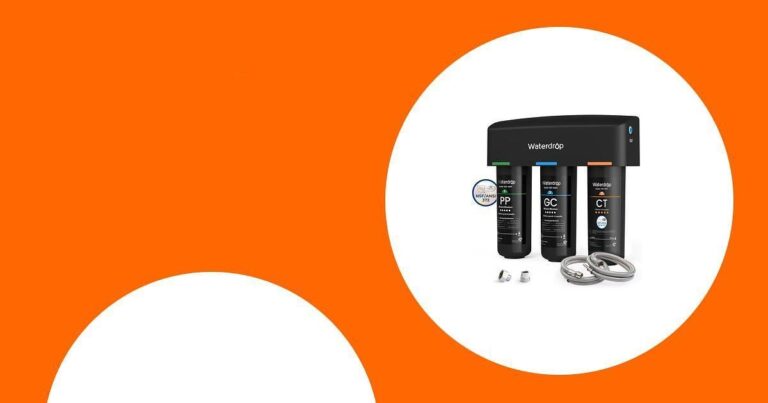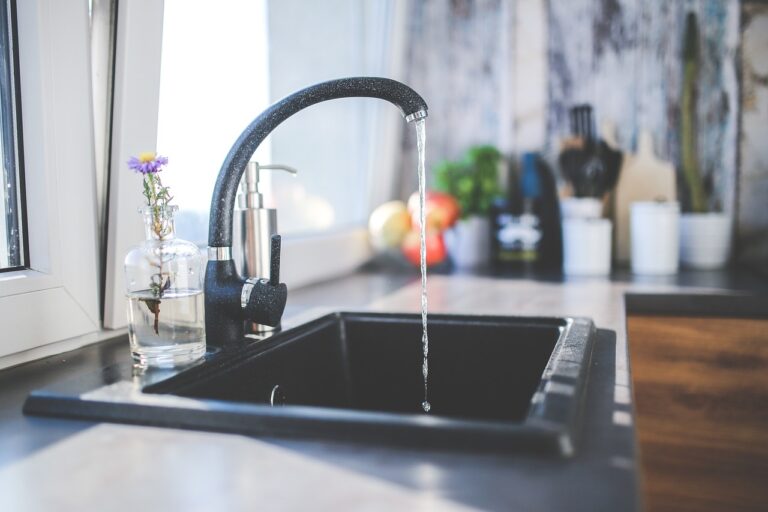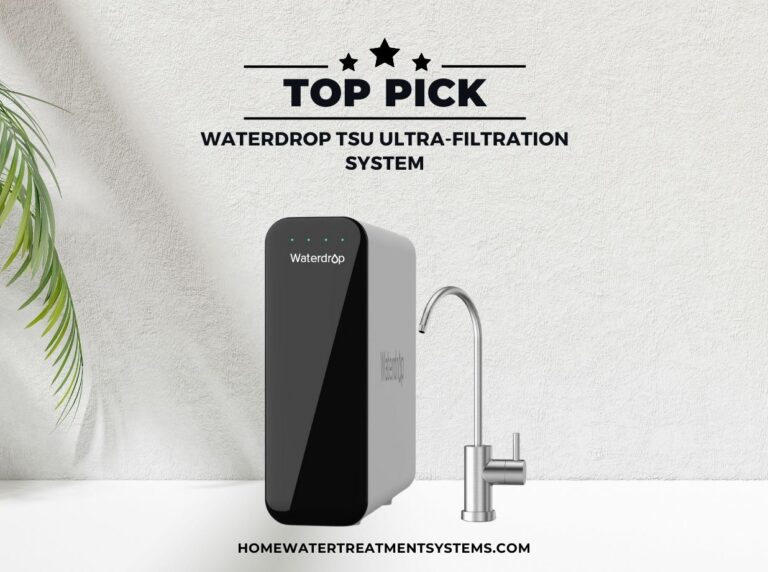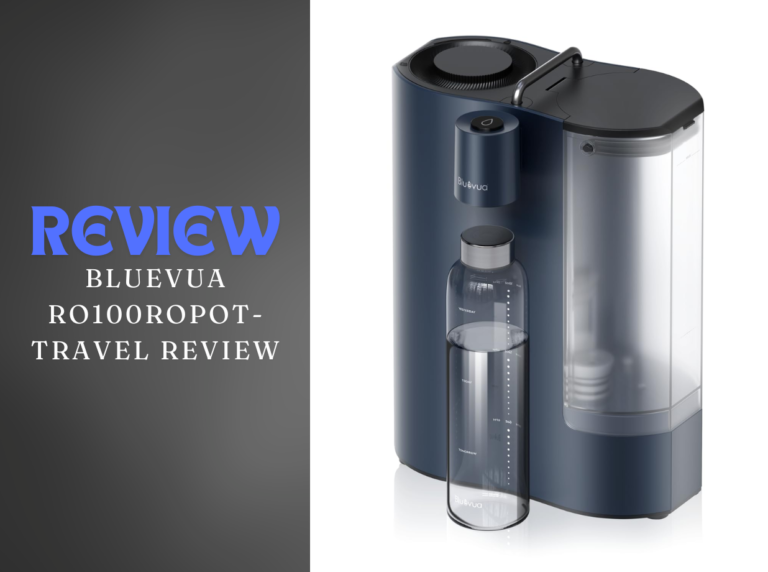Exploring the Essence: Water Purification Methods
Have you ever wondered about the water you drink every day? Imagine all the places it’s been before arriving at your tap. Whether you collect rainwater or depend on a city supply, ensuring your water is clean and safe is crucial. Your health and well-being depend on the quality of water that sustains you. In a world where clean water is not always a given, understanding and applying water purification methods can be invaluable.
The Importance of Water Purification
You might not always think about it, but water is the essence of life. It’s fundamental for your survival, supporting not just your basic physiological needs but playing a role in your long-term health. Consuming purified water ensures you minimize exposure to contaminants such as bacteria, viruses, heavy metals, and other pollutants that can cause illness or diseases. Water purification can also enhance taste and remove unpleasant odors, leading to a more enjoyable drinking experience. As you venture into understanding the importance of water purification, you’ll learn about different methods available and which might be best suited for different situations.
Method 1: Boiling
The Oldest Trick in the Book
Boiling water is perhaps the oldest and most straightforward method of purification. It’s one you’ve likely heard of, and for a good reason. When you boil water at a rolling boil for about one to three minutes, depending on your altitude, it effectively kills most types of pathogens, viruses, and protozoa.
Pros and Cons
Boiling is accessible and requires no special equipment beyond a heat source and container. However, it has its limitations. Boiling won’t remove chemical pollutants, heavy metals, or any debris that doesn’t evaporate with water. Also, it requires a fair amount of energy and time, which might not always be viable.
Practical Tips
If you find yourself in a pinch, here’s how you could ensure boiled water is safe: After boiling, let the water cool naturally and store it in clean containers with covered lids. Remember, water may have an altered taste after boiling, which you can improve by adding a pinch of salt for every gallon if it’s meant for drinking.

Method 2: Filtration
Passing Through the Layers
Filtration is a method you might be familiar with as many households use some type of filter, from the simple to the sophisticated. At its core, filtration involves passing water through a physical barrier that removes impurities. These barriers can range from simple charcoal or sand-based systems to complex multi-stage filters that use activated carbon and micron filter layers.
Pros and Cons
Filtration is versatile and efficient in removing particles, sediment, and some bacteria from your water. Depending on the filter, it can also improve taste and odor significantly. The flip side? Filters are often specific about what they remove, especially concerning viruses and some dissolved chemicals. Regular maintenance and replacement of filter cartridges are necessary to ensure continued performance.
Choosing the Right Filter
So, how do you choose the right filter for your needs? It depends on what you want to remove. For general everyday contaminant removal, an activated carbon filter could do the trick. For highly contaminated water, you may require a filter that includes a UV purifier or additional stages.
Method 3: Distillation
Back to Basics with Heat
Distillation might remind you of a science experiment more than a purification method, but it is quite effective. This process involves heating water until it vaporizes, then capturing that vapor back into a liquid. Distilled water is some of the purest water available, as most impurities are left behind as the water evaporates.
Pros and Cons
Distillation is unparalleled in its ability to remove a wide range of contaminants, including most bacteria, viruses, and heavy metals. Unfortunately, it’s an energy-intensive process that can be slow and requires specific equipment. Moreover, it strips water of its minerals, which can affect taste and reduce some nutritional benefits.
Distillation in Everyday Use
If you decide to go this route, consider small-scale distillers for home use. They can be effective if your primary concern is removing a broad spectrum of contaminants, particularly in areas where water purity is questionable. Remember to consider the mineral content if your diet otherwise lacks them.

Method 4: Chemical Treatment
A Chemical Reaction
Chemical treatment might sound intimidating, but it can be a highly effective form of water purification, especially when dealing with pathogens. Common chemicals used include iodine tablets, bleach, or even chlorine. These chemicals can neutralize harmful organisms, rendering the water safer to drink.
Pros and Cons
Chemical treatments are particularly useful in making water safe from harmful pathogens. They are easy to carry, making them ideal for travel and emergencies. A downside is the taste and potential side effects, especially concerning overuse. Additionally, chemical treatment does not remove physical contaminants.
Using Chemicals Safely
How do you use these safely? Follow the instructions precisely for the correct dosage, as more is not always better. After adding the chemical, allow adequate time for it to work—typically around 30 minutes to an hour before consumption. Be cautious in repeated use, and consult health professionals when in doubt.
Method 5: Ultraviolet Light Purification
Light Up the Path
Ultraviolet (UV) light purification is like science fiction meeting reality. This method uses UV light to destroy the DNA of microorganisms in your water, effectively neutralizing them. You might have seen small UV devices for personal use, an increasingly popular choice among travelers and outdoor enthusiasts.
Pros and Cons
UV purification is swift and straightforward, effective against bacteria and viruses. It preserves water’s natural taste and doesn’t require adding chemicals. However, it relies on electrical power and may not remove particulate matter, meaning pre-filtering may be necessary.
Incorporating UV Purification
Is this practical for everyday use? Simple UV purifiers can be integrated into your home water system, providing constant purification with minimal maintenance. Portable UV purifiers are also a perfect companion for those who love being on the go.
Choosing the Right Method for You
Factors to Consider
Selecting the right water purification method can depend on several factors. Evaluate what kind of impurities you need to target, the available resources, convenience, and any health considerations. Sometimes, it might be beneficial to use a combination of methods for thorough purification.
Making an Informed Decision
Ultimately, you’re aiming for safe, drinkable water without unnecessary inconvenience or expense. Research each method, consider your situation, and balance effectiveness with practicality. Remember that no one-size-fits-all solution exists; your needs may vary over time and circumstances.
The Future of Water Purification
As technology continues to advance, new methods and improvements to existing ones emerge. Keep an eye out for innovations that merge efficiency with sustainability, making clean water more accessible and less resource-intensive. Technological innovations have the potential to transform how you perceive and interact with water.
Why Understanding Water Purification Matters
Ultimately, your understanding of water purification goes beyond just making safe water accessible. It symbolizes a crucial step toward empowerment in sustaining your health and well-being. By knowing how to access clean water, you foster resilience and assurance that, regardless of circumstances, you have the tools to ensure safety.
Water is an essence of life, and understanding how you can make it safe reveals the depth of its importance, far beyond quenching your thirst.


